My intention now is to show how immense the idea of artistic activity can be, and to "decode" some of the key factors that shaped the art we know today - endless and controversial.
Edouard Manet - The Luncheon on the Grass
This painting by Edward Mane, with an impressive size of 208 x 264 cm, is often perceived as the first modern artwork in art history! The allegation is subject to discussion, but no doubt there will be a number of daring provocations that frankly shook Parisians when exposing it to the “Salon of the rejected” in 1863. For example, female nudity has always been present in painting through mythological images, while here the characters and the situation look quite real, somehow even daily. The thought that this might be some real people was extremely embarrassing, and the "shameless" look of the central female figure, staring right in the audience - as if demandingly a research response to the viewers - further exacerbated the inconvenience.
Paul Cézanne - La Montagne Sainte-Victoire, 1887
Cézanne was truly appreciated just after his 50th anniversary. Picasso calls him the Father of all of us - and with full justification. His ideas on how to build the image inspired many of the early 20th century pictorial experiments, including Cubism, Futurism, Constructivism, and so on. For Cézanne, painting must be more analytical, and therefore it creates an abstract system of "deconstructing" or generalizing the image through geometric shapes.

image source
Marcel Duchamp - Fountain, 1917
It’s inconceivable to miss the beginner of conceptual art - Marcel Duchamp and his most famous work Fountain (1917). All modern artists recognize Duchamp as a starting point for modern art. And himself, ironically, spends most of his life in a game of chess! Often the public lavatory (in the photo) is a cause for wonder and controversial views on the part of viewers - it is logical to be confused if its history has not reached you. Dushan creates a new type of aesthetics. As a counterpoint to the aesthetics of "rhythmic euphoria", as he calls the works perceived entirely through vision, Duchamp points to an entirely new universe with inexhaustible potential - the "intellectual aesthetics" where the idea of a work is more important than the object itself. But the most interesting thing is how do these thoughts come about and why do they prove to be so valuable to art?
The Affair Notre Dame - Michelle Moore, Serge Berna, Gislin Denoire de Marbe, Jean Roulie
This is an unusual choice because the authors and the action are poorly known. What is the Notre Dame Affair? One of the four, Michelle Moore, during the Easter Mass before the Notre Dame cathedral of Paris (all the action is broadcast on TV), sneaks unnoticed and climbs onto the central pulpit dressed as a Dominican monk to utter a long blasphemous anti-confession, after which those present are foolish and almost tear. A very early public provocation in whose audacity I would have set up contemporary examples, like the Russian Pussy Riot, let's say. This is a highly controversial segment of contemporary art, which is usually burdened with various social and political causes.
Roman Opalka
Roman Opalka is a Polish artist born in France. In 1961, in his studio in Warsaw, he began to paint counting from one to the endless. Starting from the upper left corner of the canvas and ending in the bottom right, the tiny numbers are in horizontal rows. Every new sail, which he calls 'detail', continues 'counting' where the previous one is over. All 'details' are the same size (196 x 135 cm), the size of the door in his studio in Warsaw. All details have the same titles - "1965/1 - ∞"; the idea does not happen even though the artist has devoted his life to it. Throughout the years some changes have been made to the process. In his first detail, Opalka painted white figures on a black background. In 1968 it changed the background of gray, 'because it is neither symbolic nor emotional,' and in 1972 decided to gradually lighten this gray background, adding one percent white with each subsequent detail. Since 1965, the painter has been drawing figures - starting at 1, and his goal is to endlessly, determining for "infinite" his death! Always paint with white paint, and each figure writes with two consecutive hand movements. The first canvas on which it is made is pure black, and the next one is minimal shade pale. At the end of his life literally puts white paint on colorless sails. He draws every day until his death in 2011. The last figure is 5 607 249 ...
Yoko Ono - Cut Piece, 1965
Even before becoming the wife of John Lennon, Yoko Ono created works that are part of the traditions of two of the most important artistic movements that came to life in the 1950s and 1960s - that of Situationalism and Fluxus. In Cut Piece, Yoko Ono stands on stage and lets anyone who wants to see the cut out to cut off a piece of clothing while she is sitting still. It is no surprise that it finally remains semi-naked. More important in this case is that Yoko Ono gives huge power to the audience as a factor in the realization of the work. Fundamentally, this happening predicts Marina Abramovich's iconic performance “Rhythm 0” in which the Yugoslavian artist then gives absolute power to the audience and says she is almost losing her life.
Joseph Kosut - Box, Cube, Blank, Clean, Glass, 1965
Joseph Kosut is a conceptual artist, strongly inspired by the philosophy of Ludwig Wittgenstein. At first glance, the work of Kosut seems simple and confusing, but if we can keep our attention on them, then we want to explore them, we will feel that we are addressing very important questions about how we perceive the world. At our lecture we will guide those present to some of these "encoded" messages.
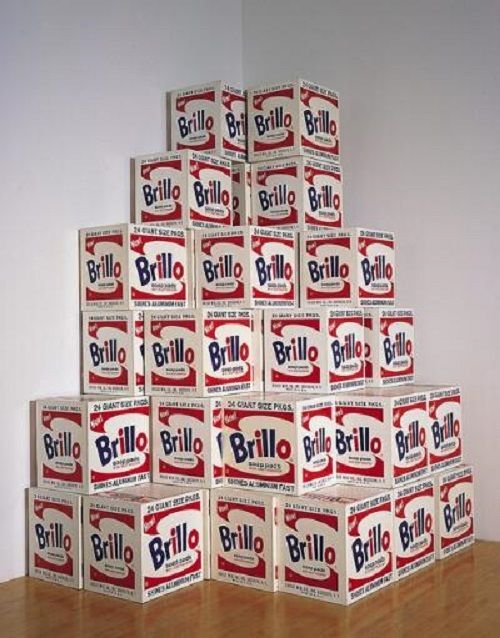
Andy Warhol - Boxes Brillo, 1964
... What happens when a work of art turns out to be indistinguishable from ordinary objects that we can find in any supermarket? ... What problems does this gives? ... It is these Warhol boxes that prove to be a turning point for the history of art. An unexpected accomplice to the process is the philosopher Arthur Danto, who personally attends the Brillo exhibition in 1964, and twenty years later writes a text dedicated to The End of Art History. A theme with an immense potential for reflection on both the nature of art and the nature of man.
Tino Sehgal - Performance, Venice Biennale 2013
Tino Seghal is one of those authors who are either loved or hated - rarely average. At the beginning of his 40s, he is world-renowned for his performative works, which never remain a material trace. Here is an example of the strange situations in which the author engages us. Imagine that you are joining the Guggenheim Museum in New York and you realize in a moment that it is absolutely empty. At different stages of your stay, people of different ages are approaching to you, prompting you to discuss the topic of progress. That's what Seghal's "Progress" looks like in 2010. As you walk through the empty building and accidentally negotiate with strangers, you realize at some point that you've just experienced the work itself. A rather unusual model of communication between art and the public.
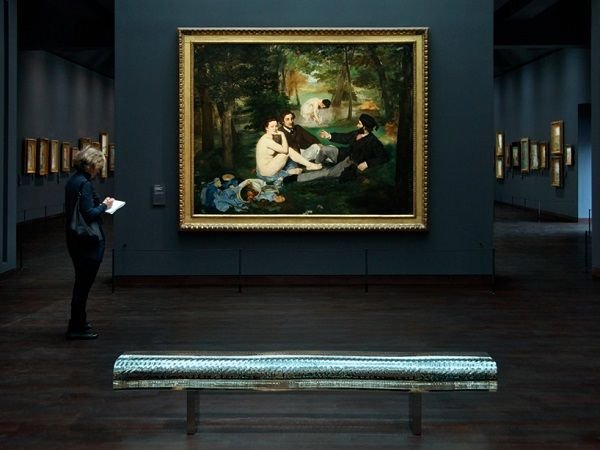
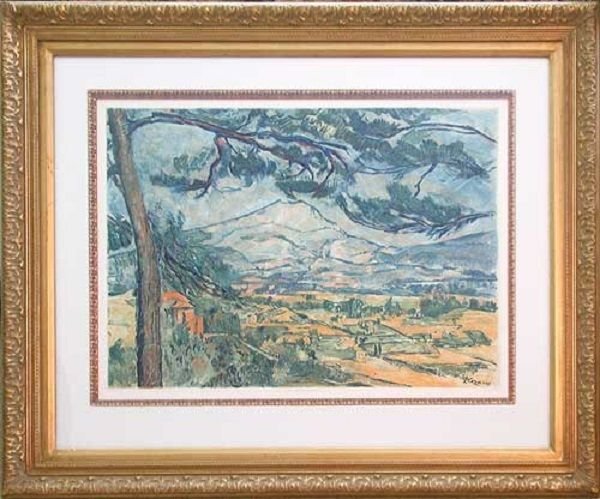
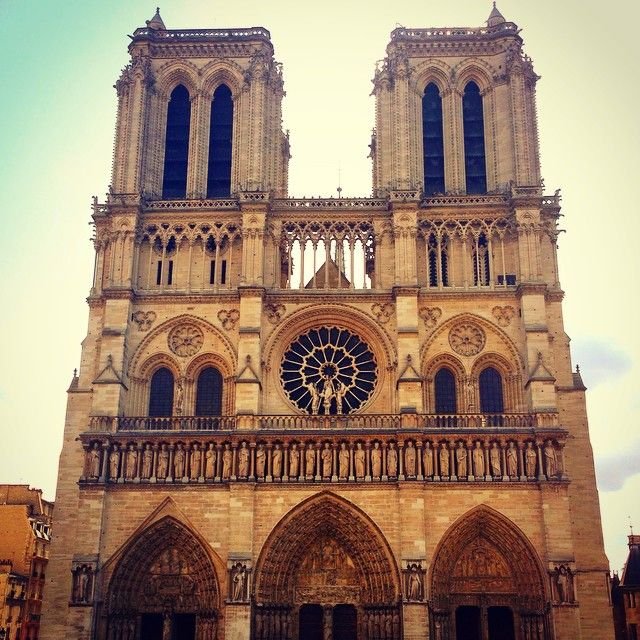
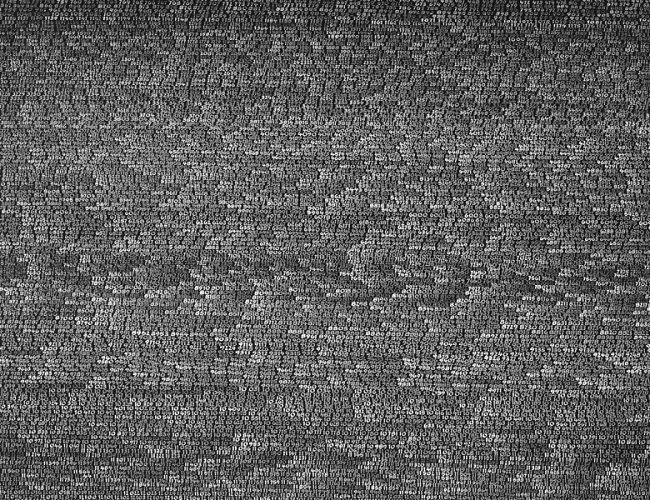
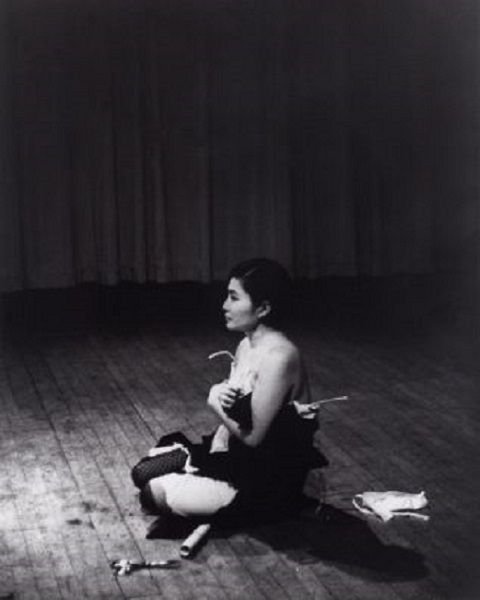
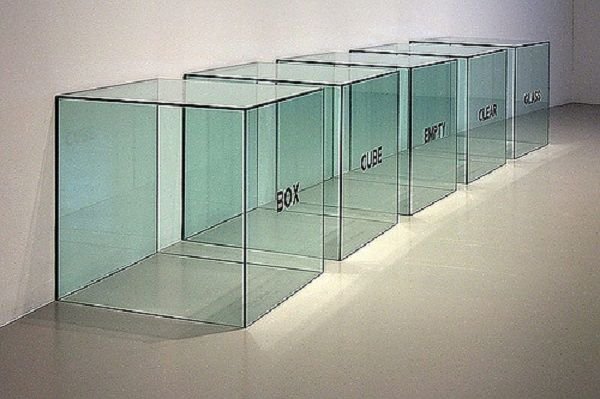
Thanks for the history. I find older art extremely impressive, especially compared to the state of art today. There are tons of amazing artists out there, many on Instagram, but some of this new conceptual art out there is ridiculous. Put an empty paper bag in the corner of the room and it is 'art'? No thanks, I want to see more beautiful paintings, drawings, sculptures and architecture. Thanks for sharing!
Yes, with me is the same :D That is why I prefer the art before postmodern pуriod and the classical stuff :) The art now is really hard to do something rational and I still don't know why is that ... maybe just it is a mirror of the human condition at the moment.
I think you're spot on. Many of us are lost and confused in this world, and need self reflection to heal. There are many great artists among us now, but funny how so much random stuff is being accepted as 'art' nowadays.
This one was a good read. Thanks! I learned many new things
I am glad for that, @cocacho :)
Thanks for the awesome educational lesson :)
You are welcome :)
Millions of 🖤
Ah, why black? :D
Adore just Blacks! Red too banal! Hehe
Well, I understand you :D I like black too.... but i like it so much , that I think it is more reasonable to suppress that :D
Very interesting and educational article, thank you for sharing i learned some art things :)
Thank you :)
This post has received gratitude of 5.26 % from @appreciator thanks to: @godflesh.